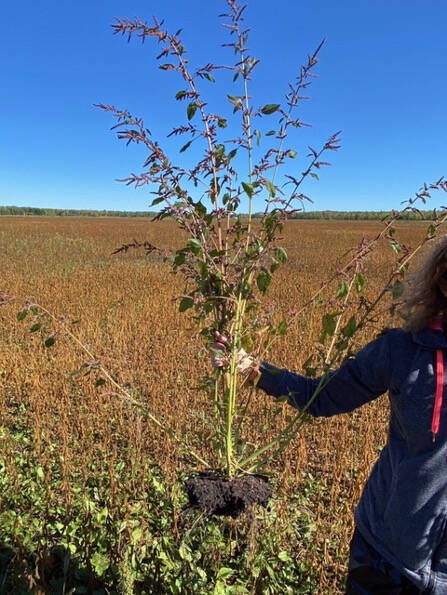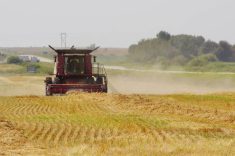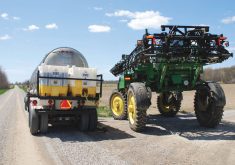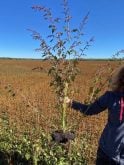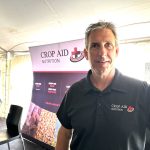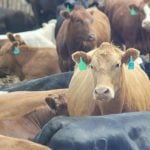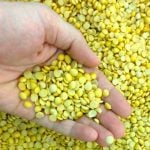Waterhemp encroached further into Manitoba this growing season, and experts warn producers to watch for the wily weed.
As of last year, 20 rural municipalities in Manitoba were affected by waterhemp. This year, even more were added to online maps, according to Kim Brown, a weeds specialist with Manitoba Agriculture.
“We’re basically seeing lots of waterhemp showing up again. We know we’ve got it in many places in the province,” she said during an Aug. 14 Crop Talk online seminar. “We know that waterhemp is moving north and west, but everybody needs to be watching for it.”
Read Also
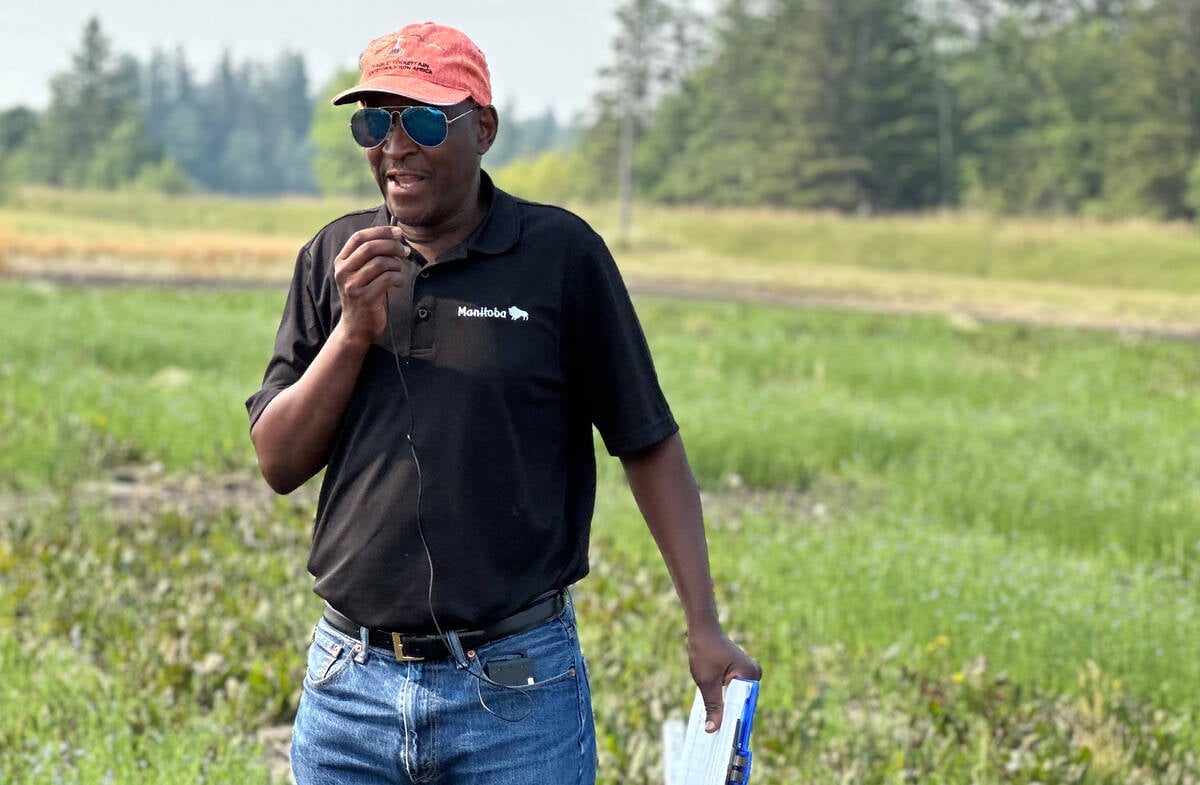
How much nitrogen can farmers really cut?
Manitoba fertilizer trials look for nitrification inhibitor sweet spot, to lower greenhouse gas emissions and cost without hurting yield.
Why it matters: Waterhemp is spreading rapidly in Manitoba. It’s becoming herbicide-resistant and is hard to identify. Vigilance and diverse management are needed to control it.
Where waterhemp was already present, it’s spreading even more prodigiously, Brown added. It hasn’t yet appeared in the other Prairie provinces, according to the Manitoba Crop Alliance website.
Waterhemp has high genetic variability because it is dioecious, having distinctly male and female plants necessary for cross-breeding and seed production. Its herbicide-resistant traits spread quickly among plants through pollen.
“Most of the waterhemp (that) will be found in Manitoba is coming pre-loaded with resistance,” Brown said. The Manitoba Crop Alliance says waterhemp has already developed resistance to herbicides in Groups 2, 9 and 14.
Waterhemp can produce up to one million seeds per plant under low competition conditions, and the small seeds are easily transported through contaminated seed, straw, hay, farm equipment, manure, migratory birds and floodwaters.
The plant prefers warm temperatures with lots of sunlight and nitrogen-rich soils, where it can reach heights of three metres. It can continue to flower and set seed until the first frost arrives.
Brown said it is crucial that producers monitor for waterhemp, both in wide-row crops like corn, soybeans and sunflowers, and in denser cereal crops.
It’s even showing up in canola crops, where it can flourish in bare spots in the field, she added.
“They’re not in the body of the canola crop, but they’re just kind of lurking there right on the edge, and there (can be) a lot of plants there.”
Waterhemp has been a particular problem in soybean fields this season due to its early emergence, Brown said. It has most commonly been found in fields without pre-emergent herbicide application.
Since waterhemp can grow taller than soybeans as the season progresses, it is more easily spotted in those fields. It thrives in thinner areas, bare patches and along field edges. As the soybean canopy opens, waterhemp will continue to grow and become more prominent. Regular monitoring is recommended to detect and manage it early.
However, waterhemp can be tricky to spot. At times it can look like other pigweed species.
“Lots of times it does look like a pigweed, but sometimes the leaves are longer and narrower,” Brown said. “Usually they’re bigger, but that’s a little hard to tell too, because you don’t know when they’ve germinated.”
Waterhemp has a smooth, hairless stem, unlike other pigweed species. Its leaves also tend to be longer, narrower and glossier, but in Manitoba, it has been known to hybridize with other plants, making visual identification more difficult.
“This is a weed that is a real chameleon. It looks like a lot of different things, and so it’s hard to know just by looking at it until you get to know it well,” Brown said, adding she hopes the weed won’t become such a problem that producers across Manitoba get to know it by sight.
To prevent waterhemp, the Manitoba Crop Alliance recommends diverse crop rotation. Employing tank mixes with multiple effective herbicide modes of action, including soil-residual herbicides, can help prevent development of resistance.
Narrow row spacing, increased plant populations to promote faster crop canopy closure, and using strategic tillage will also help, since waterhemp germinates from near the soil surface. Post-spray scouting is essential for early detection.
Since waterhemp is classified as a Tier 1 noxious weed under the Manitoba Noxious Weeds Act, producers must immediately eradicate it. When in doubt about weed identity, producers should remove the plant and contact the province for DNA testing.
Vigilance is key, Brown said. If producers can root out waterhemp with the help of Manitoba Agriculture, it’ll be easier to stop its spread.
“You’ve got to be watching all of the areas around the fields — the edges, the ditches, not just within the body of the field,” she said. “We don’t want to have that much of it in the province yet, but we know its here. We’ve got to be watching.”


